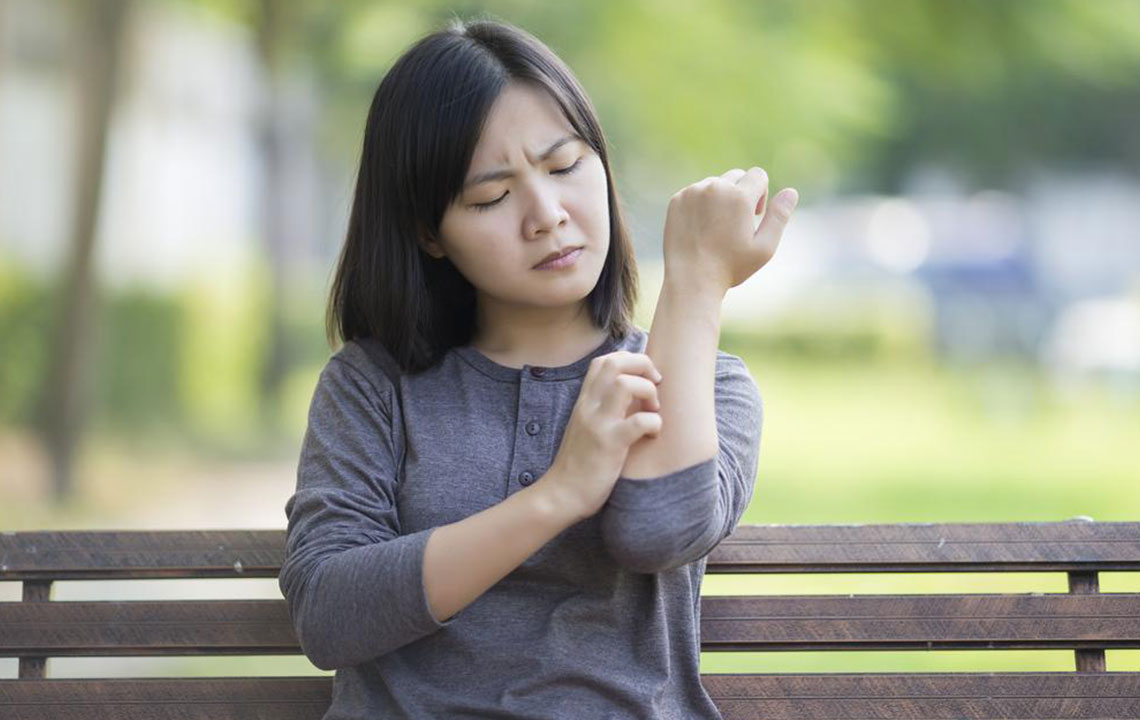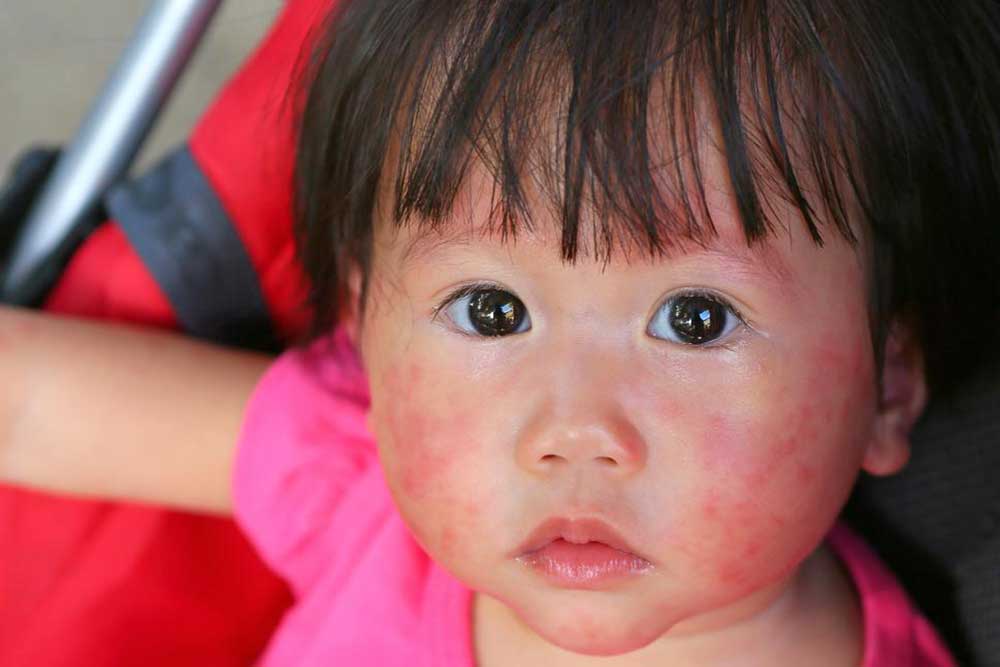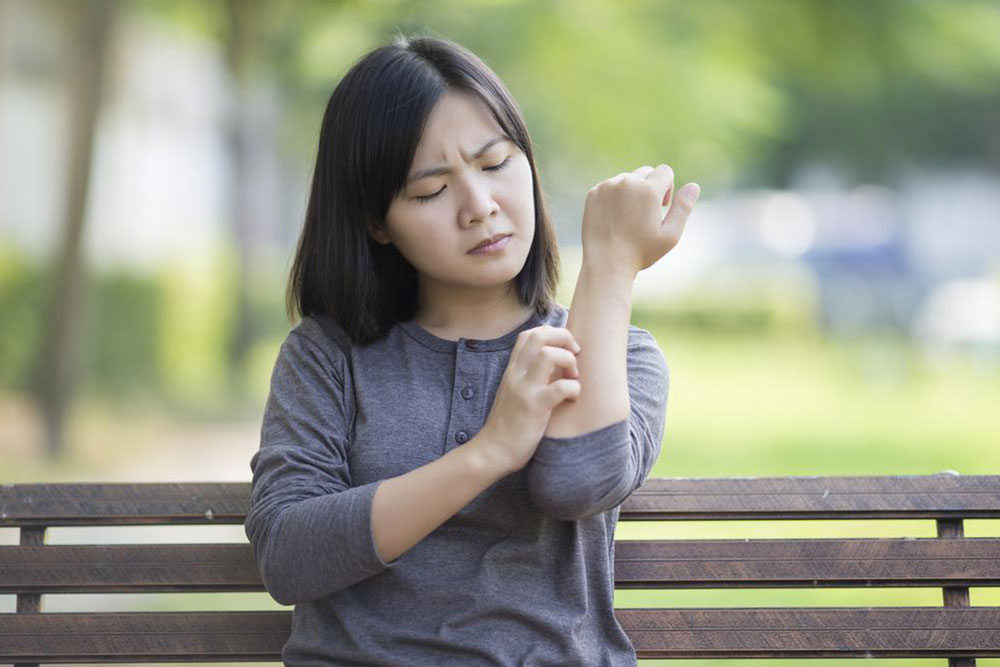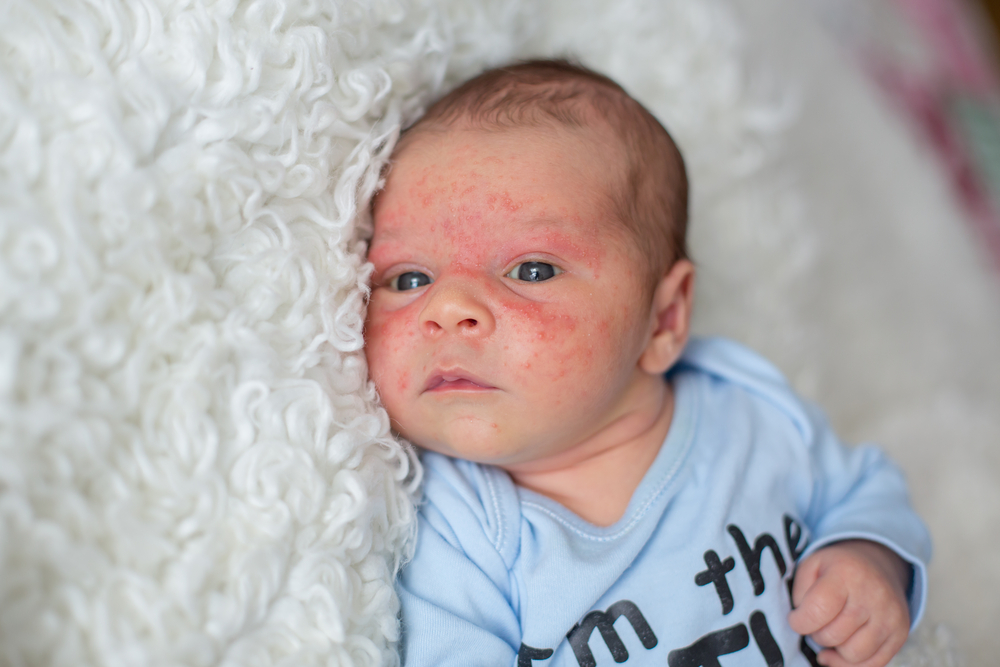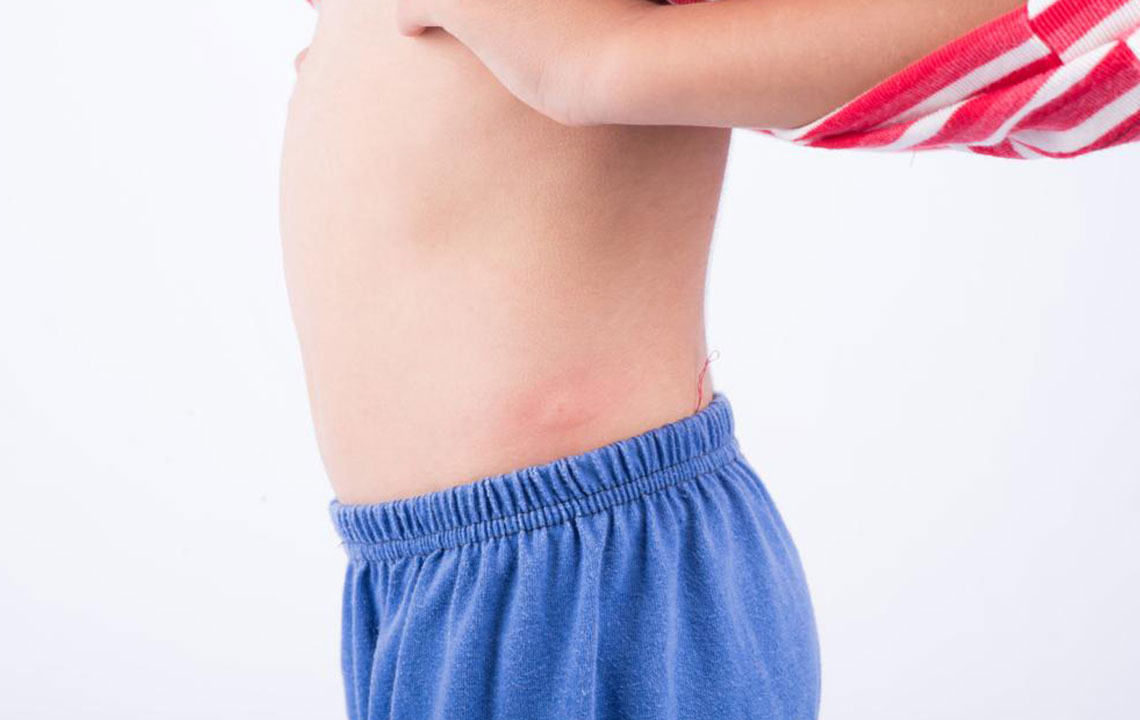Comprehensive Guide to Common Skin Rashes: Types, Symptoms, and Treatments
This extensive article explores the common skin rashes, their symptoms, causes, and treatment options. It provides practical advice for identifying and managing conditions like eczema, contact dermatitis, intertrigo, and shingles. Understanding these skin issues helps in prompt diagnosis and effective care, preventing complications and ensuring skin health. An essential resource for anyone experiencing skin irritations or looking to learn more about skin health management, this guide emphasizes the importance of timely medical consultation and proper skincare routines.
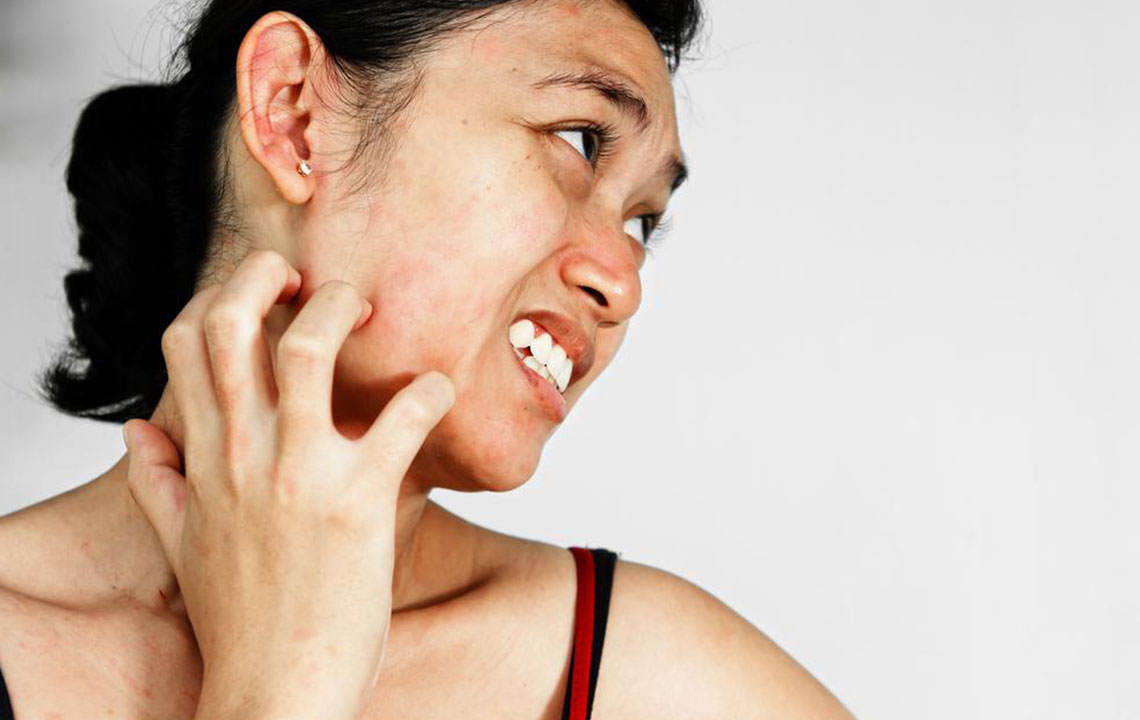
In-Depth Overview of Typical Skin Rashes and How to Identify Them
Encountering unexplained itchy, red, or flaky patches on your skin can be an unsettling experience. These skin changes are often symptomatic of underlying inflammatory processes affecting the skin's surface. Skin rashes are diverse in appearance and cause, but they generally share common traits such as alterations in skin coloring and texture, accompanied by discomfort like soreness, swelling, dryness, or blister formation. Understanding the various types of skin rashes, their distinctive symptoms, and appropriate care strategies is crucial for effective management and relief.
In this comprehensive guide, we will explore the most common types of skin rashes, their characteristic features, and treatment options to help you identify and address these skin conditions promptly.
Atopic Dermatitis (Eczema): This chronic skin condition affects many individuals worldwide and presents as red, inflamed patches particularly on the hands, arms, legs, neck, and torso. The rash is often accompanied by intense itching, dryness, and sometimes blistering. Managing atopic dermatitis involves avoiding known triggers such as certain fabrics, soaps, or allergens, along with the use of prescribed topical corticosteroids or moisturizers to soothe inflamed skin. Long-term care includes maintaining skin hydration and avoiding irritants that can exacerbate the condition.
To minimize discomfort from rashes like eczema, it is advisable to steer clear of harsh soaps, aggressive detergents, and fragrant or irritating creams. Utilizing anti-itch ointments, such as those containing hydrocortisone, can help reduce inflammation and calm flare-ups. Additionally, adopting a gentle skincare routine and staying hydrated are vital for supporting the skin's barrier function and preventing further irritation.
Contact Dermatitis: This type of rash manifests as dry, scaly patches that are not necessarily itchy but may cause discomfort after contact with specific substances. It commonly occurs after exposure to allergens or irritants like soaps, cleaning agents, certain plants (poison ivy), or cosmetics. People with sensitive skin are at a higher risk of developing contact dermatitis. The rash usually appears localized to the area of contact but can spread if exposure continues. Identifying and avoiding the offending substance is essential for treatment, alongside applying topical steroids or moisturizers to reduce inflammation.
Some cases of contact dermatitis are triggered by medication side effects or allergic reactions, initially presenting as localized redness that can expand across the affected area or even the entire body if systemic allergies develop. Recognizing early symptoms and halting exposure can prevent more severe reactions and facilitate quicker recovery.
Intertrigo: This rash occurs in warm, moist areas of the body where skin surfaces rub together, such as the underarms, beneath breasts, between fingers and toes, or around skin folds. The condition is aggravated by heat, humidity, and friction. Symptoms include redness, soreness, and sometimes cracking or bleeding if left untreated. Overgrowth of bacteria or fungi in these areas can complicate intertrigo and require antifungal or antibacterial treatments. Keeping these areas dry, using absorbent powders, and wearing loose clothing are effective preventive measures.
Unmanaged intertrigo can lead to secondary infections, causing increased pain and prolonging healing. Maintaining proper hygiene, thoroughly drying skin folds, and applying barrier creams can significantly reduce the risk of complications.
Shingles (Herpes Zoster): Shingles is caused by the reactivation of the dormant varicella-zoster virus—the same virus responsible for chickenpox. It leads to a painful, blistering rash that typically follows nerve pathways, appearing as a band of fluid-filled blisters on one side of the body or face. The rash often accompanies symptoms like burning, tingling, or numbness in the affected area, along with fever and fatigue. Early treatment with antiviral medications can shorten the duration and reduce severity. Vaccines are also available to prevent shingles in older adults.
Shingles remains dormant in nerve tissue after initial chickenpox infection and can reactivate later due to age, stress, immune suppression, or illness. Proper medical assessment and prompt antiviral therapy are critical to managing outbreaks and preventing post-herpetic neuralgia—a complication characterized by persistent nerve pain.
It’s important to recognize that many skin rashes can look similar but have different underlying causes. Persistent or worsening rashes lasting longer than a week should prompt a consultation with a healthcare professional for accurate diagnosis and tailored treatment plans. Early intervention can make a significant difference in managing these skin conditions effectively.
